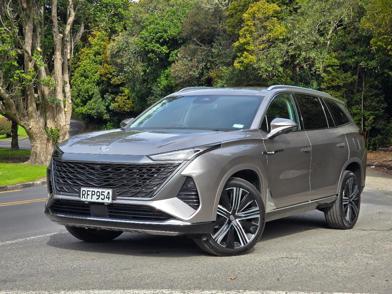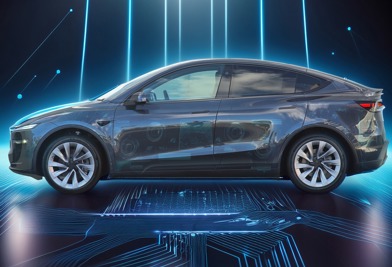What’s this new car all about then?
The Haval H6 is a known quantity these days, having landed here back in 2020 in its second-generation guise as a compelling and high-quality option in the medium SUV segment, albeit with a few minor foibles that kept it from worrying the segment leaders.
However, the plug-in hybrid version of the H6 looks set to change that, not just because of its smooth and powerful powertrain, but also because of GWM's new secret weapon: former Holden handling guru Rob Trubiani.
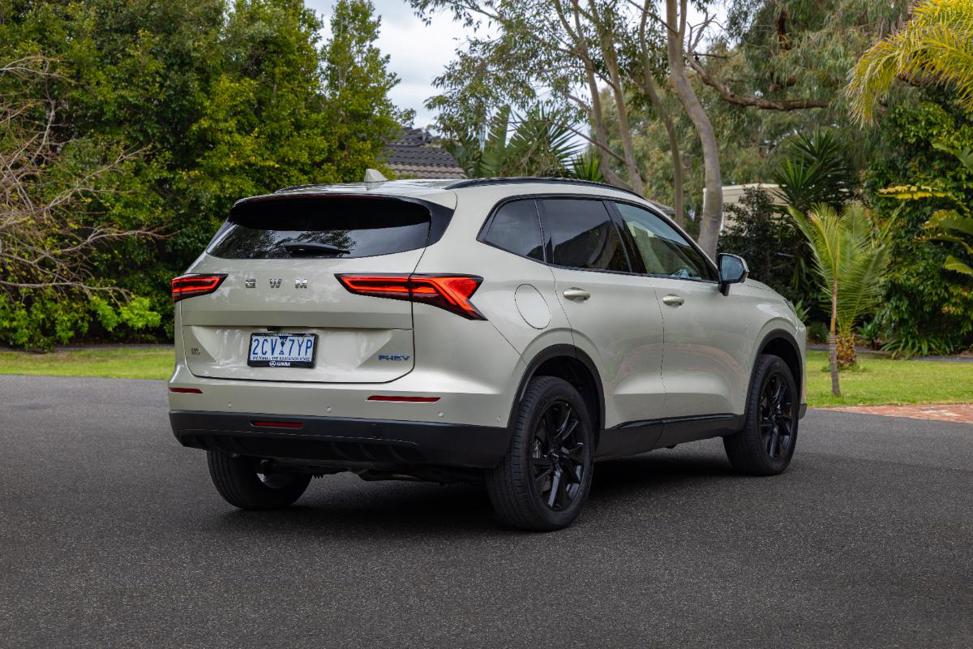
Trubiani recently signed on to develop the Chinese brand's local offerings, which proved to be a homecoming for him as GWM had also taken up residence at his old employer's proving grounds at Lang Lang, where Trubiani has spent much of the last 30 years pounding around its various tracks and surfaces, tuning cars for local conditions.
The H6 PHEV is one of the first local GWM's to benefit from Trubiani's vast experience and deft touch, but how much difference does it actually make? No surprises here: a lot. But more on that later.
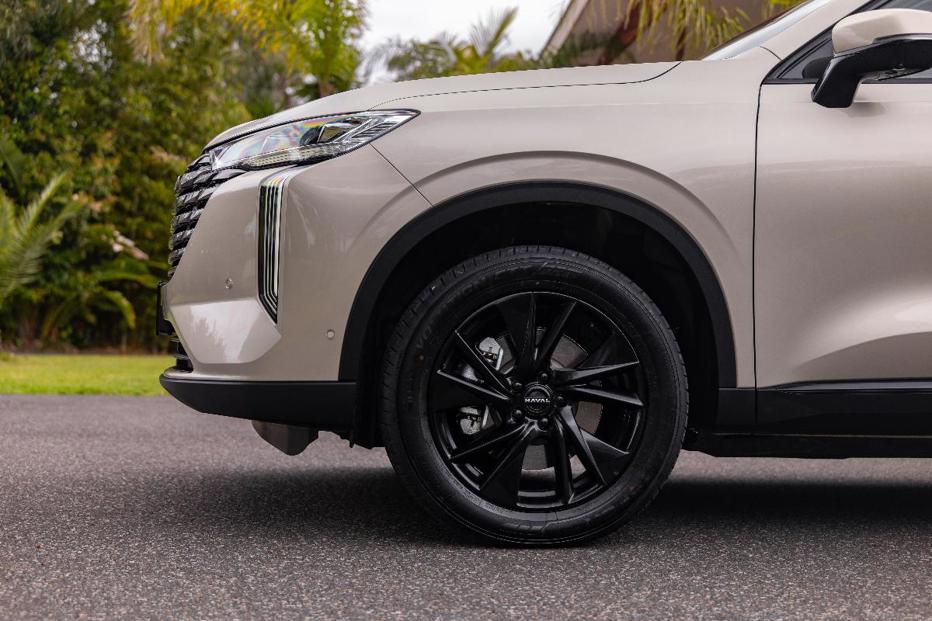
Only available in the top Ultra spec, the PHEV pretty much mirrors the top-spec Ultra HEV in terms of specification, while also being available in either 2WD or AWD forms. Both use the HEV's 110kW/240Nm 1.5-litre turbo four-cylinder petrol engine, but also get a 19.1kWh LFP battery that endows the H6 PHEV with around 100km of EV-only range (although this is an NEDC measurement).
The 2WD model uses a single 130kW/300Nm electric motor for a combined output of 240kW/540Nm, while the AWD packs an 80kW/170Nm electric motor and a 150kW/350Nm rear one for a combined total of 268kW and 760Nm.
GWM claims a combined average fuel economy figure of 1.0l/100km for the 2WD on a full battery and 1.1l/100km for the AWD, and a combined total NEDC-tested range of more than 1000km for both - 1106km for the 2WD and 1043km for the AWD.
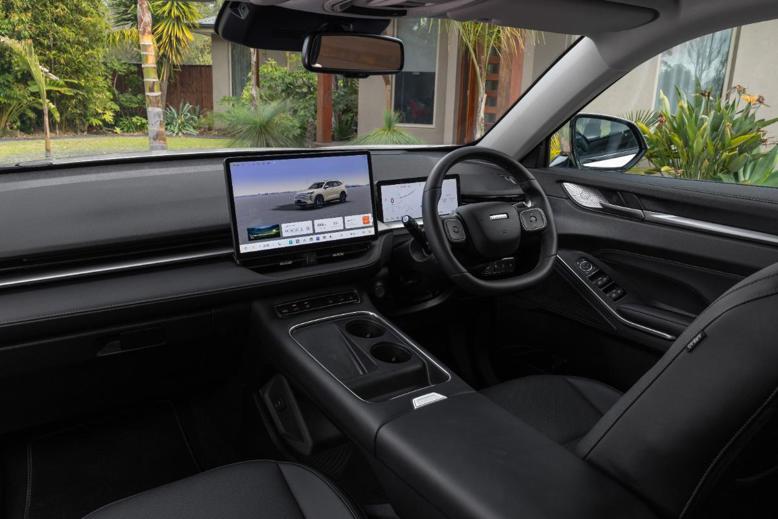
How much is it?
The Ultra PHEV 2WD represents a $6000 jump over the Ultra HEV, but still slips under the $50k mark at $49,990. The jump to AWD will cost you a further $3k, with the otherwise identically specced Ultra PHEV AWD costing $52,990. Both currently have a launch offer that throws in a free wall-mounted home charger.
What’s it like to drive?
If you have ever wondered just how much difference one man can make, then just drive a H6 HEV and an H6 PHEV back to back. At the H6's launch we got to swap between driving "pre-Rob" and "post-Rob" H6 PHEVs (and a few other things that we can't write about just yet, but more on that soon...) and the difference was immediately noticeable.
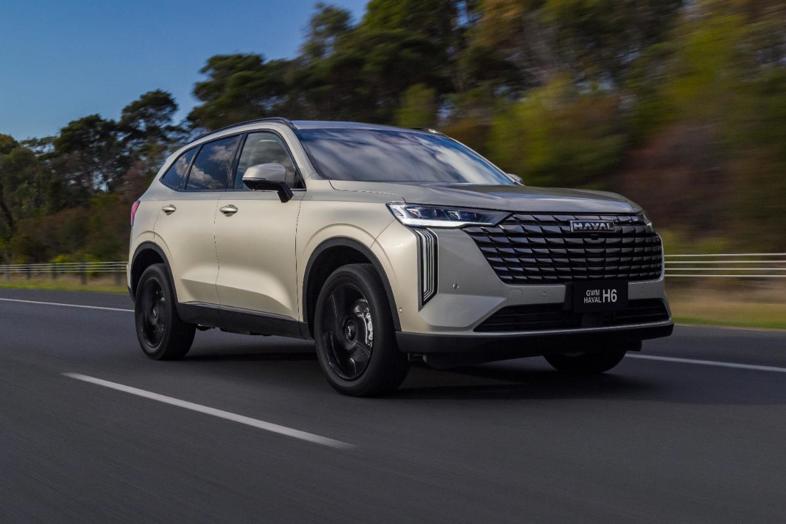
Even before the direct comparison you could feel just how much better the H6 feels after the Eye of Trubiani passed over its steering and suspension settings; the ride is wonderfully compliant, yet strictly controlled - no longer flailing around over large bumps - while the steering is several light years more accurate and responsive than before, while also being pleasantly weighted and with a good degree of feel - not something you could say previously.
Even before the direct comparison you could feel just how much better the H6 feels after the Eye of Trubiani passed over its steering and suspension settings.
While it is still very much a mid-size SUV with a focus on comfort and practicality, the H6 PHEV is genuinely enjoyable to throw down a winding country road, with its truly engaging steering and superbly confident handling.
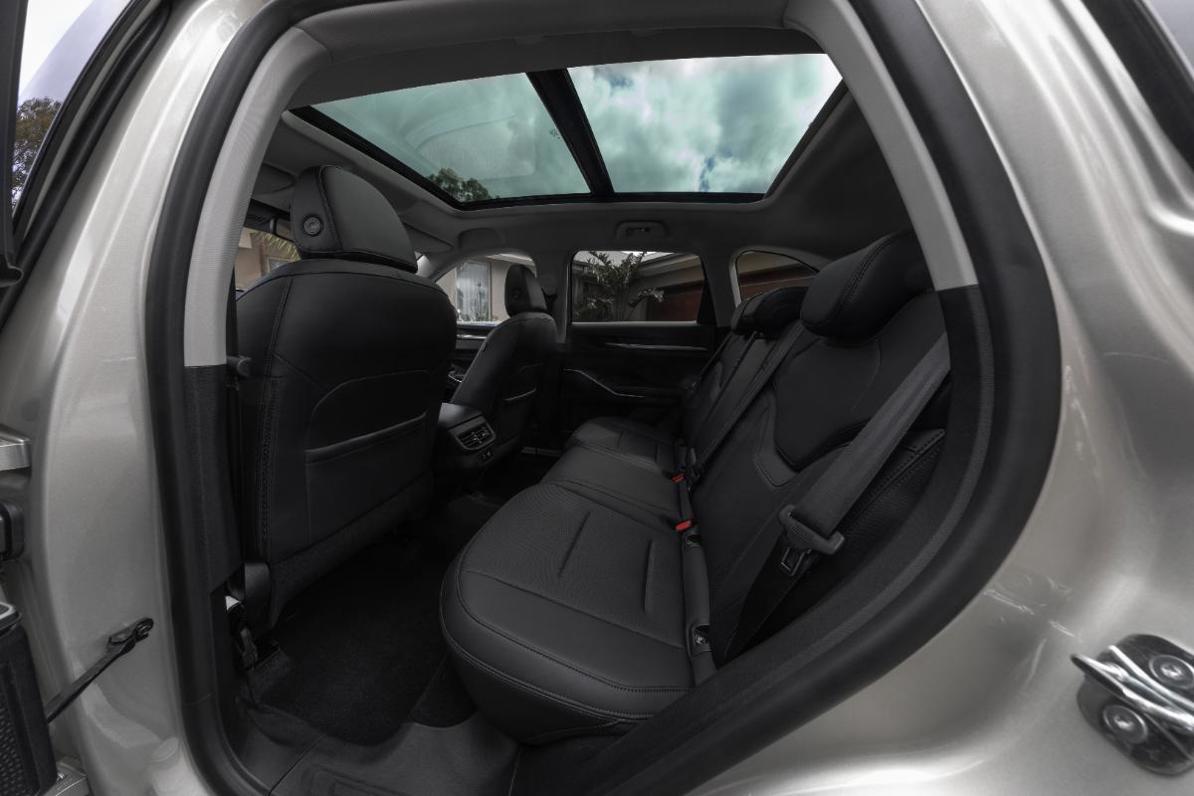
Which is really no surprise given the man responsible for those aspects gave us the spectacularly good Holden Commodore VFII SS-V Redline that still ranks as probably the best handling car ever to fall out of Australia's dusty manufacturing machine.
The AWD H6 PHEV is powerful and packs a decent amount of punch, but not quite as much as you would necessarily expect from something that boasts 268kW and 760Nm, however, it is the delivery of those numbers that is key - the H6 PHEV takes a measured approach to dolling out all that grunt, saving the punchiest parts of its output for the mid-range, where all the overtaking takes place.
While there is occasionally a slight pause from the powertrain when you ask it for all its got, when it lands it lands hard, with a hefty shove back into your seat once all of its various engines and power sources come together for maximum attack.
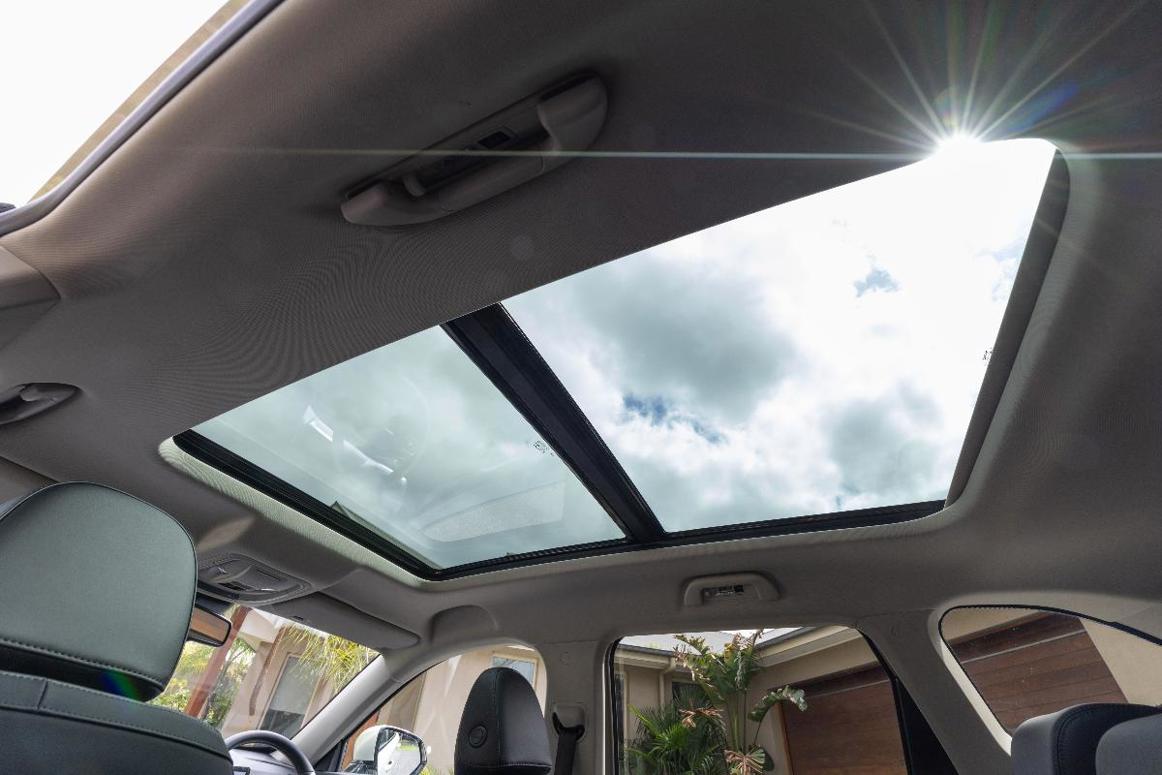
The AWD drivetrain largely abolishes the HEV's tendency to scrabble for grip, but we didn't get a chance to try the 2WD PHEV which, given it pumps a further 60kW and 10Nm through the front wheels than the HEV, could be a bit of a challenge to launch cleanly.
The H6 PHEV is genuinely enjoyable to throw down a winding country road, with its truly engaging steering and superbly confident handling.
Given that the trim and equipment levels are largely the same across all Ultra models, the PHEVs retain the same impressively high quality interior and vast array of tech and driver assists as the HEV model, which Trubiani has unfortunately not been allowed to have a go at yet, so they remain a bit too over-eager. They did, however, genuinely seem better than the HEV. Or maybe it was just the Australian roads - we will know more when we get to drive one here.
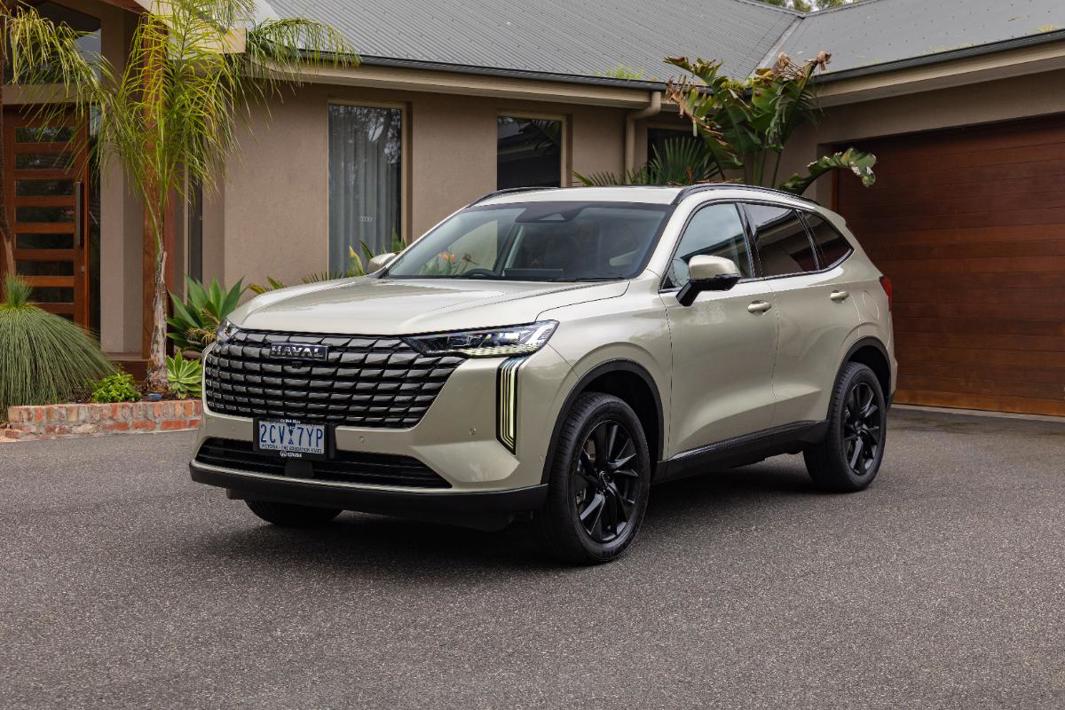
What’s the pick of the range?
For just $3000 more you would have to consider the AWD variant to be the clear pick of the range, and you would be right. While we didn't get to sample the 2WD, the clear and obvious advantages the AWD had over the 2WD HEV we drove recently would make it an easy one to recommend.
What other cars should I consider?
There is certainly no shortage of mid-size 'super hybrid' PHEVs with massive combined ranges, generous electric-only ranges, high levels of standard equipment and extremely sharp pricing.
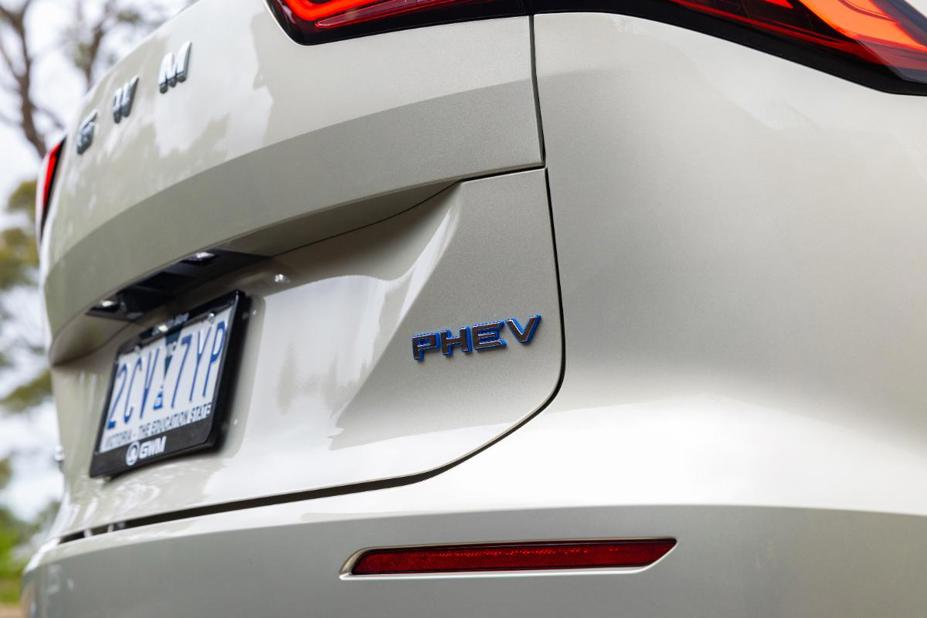
Things like the Geely Starray (from $45,990), Leapmotor C10 REEV (from $49,990), Jaecoo J7 SHS ($49,990), and the Chery Tiggo 7 ($42,990-$46,990) all drop in under $50k, while the MG HS ($52,990-$56,990) and BYD Sealion 6 ($52,990-$64,990) just creep over it.
You could, of course, also go for a full EV, with the likes of the Leapmotor C10 EV ($54,990), Geely EX5 ($49,990-$53,990), or Omoda E5 ($40,990-$44,990), but if you're considering a PHEV then you have almost certainly already ruled a full EV out.














